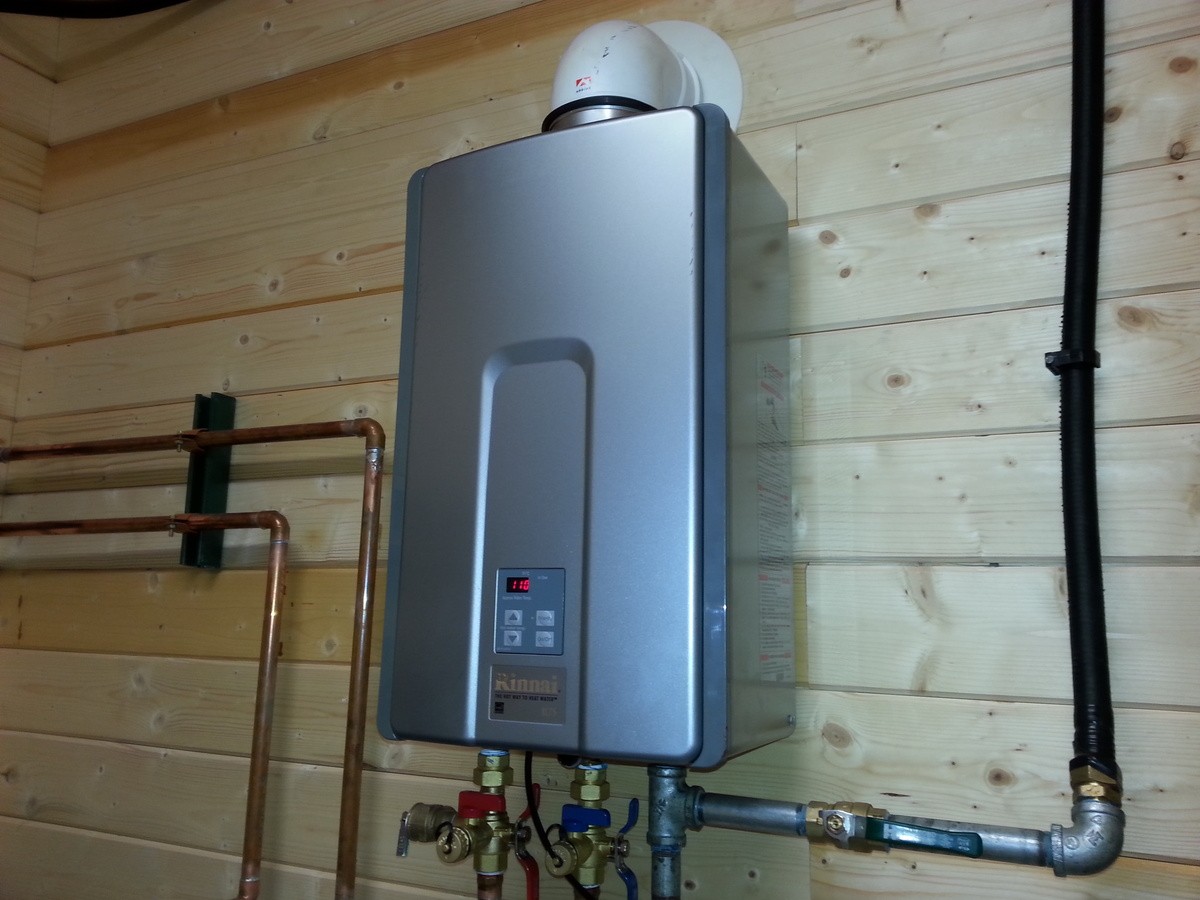Gas line repair is a critical aspect of maintaining the safety and functionality of infrastructure in residential, commercial, and industrial settings. Traditional methods often involve extensive excavation, lengthy repair times, and significant disruption. However, recent advancements in technology and methodology have led to more efficient, less invasive, and safer techniques. gas line repair article explores some of the most innovative approaches in modern gas line repair.
Trenchless Technology
Trenchless technology has revolutionized the way gas lines are repaired. This method eliminates the need for extensive digging, reducing both the environmental impact and disruption to the surrounding area.
Pipe Bursting: This technique involves breaking the old pipe while simultaneously pulling a new pipe into place. It’s particularly useful for replacing old or damaged pipes without having to excavate the entire line.
Directional Drilling: Directional drilling allows for the installation of new gas lines without the need for open trenches. This method is highly precise and minimizes surface disruption, making it ideal for urban areas.
Cured-In-Place Pipe (CIPP) Lining
CIPP lining is a trenchless rehabilitation method used to repair existing pipelines. It involves inserting a resin-saturated felt tube into the damaged pipe, which is then cured in place to form a new, tight-fitting, corrosion-resistant pipe within the old pipe.
Efficiency: The process is quick and significantly reduces the time needed for repairs.
Durability: The new pipe lining is highly durable and can extend the lifespan of the pipeline by several decades.
Smart Pigs
Smart pigs are advanced inspection devices that travel through pipelines to detect anomalies such as cracks, corrosion, and leaks. These devices use a combination of ultrasonic, magnetic, and other sensor technologies to provide detailed information about the condition of the pipeline.
Preventive Maintenance: By identifying potential issues before they become critical, smart pigs help prevent leaks and failures.
Accurate Data: The detailed data collected allows for more accurate and targeted repairs, reducing unnecessary excavation and repair work.
Robotic Repair Systems
Robotic systems have become increasingly sophisticated, allowing for remote and precise repairs in hard-to-reach or dangerous areas.
Remote Operation: Robots can be controlled remotely, reducing the risk to human workers.
Precision: Advanced robotics offer high precision, which is crucial for delicate gas line repair near me.
Advanced Leak Detection
Innovative leak detection technologies are essential for maintaining the integrity of gas pipelines and ensuring safety.
Acoustic Sensors: These sensors detect the sound of gas escaping from a pipeline, allowing for quick identification of leaks.
Infrared Cameras: Infrared technology can detect gas leaks by visualizing the gas as it escapes, providing a clear and immediate indication of the leak location.
Composite Sleeve Repairs
Composite sleeves are used to reinforce and repair damaged sections of pipelines. These sleeves are made from high-strength materials that are bonded to the pipeline, providing a strong and durable repair.
Non-Invasive: This method does not require extensive excavation, reducing the impact on the surrounding area.
Strength and Durability: Composite sleeves provide a long-lasting solution that restores the integrity of the pipeline.
Automated Monitoring Systems
Continuous monitoring of gas pipelines is crucial for early detection of potential issues.
IoT Sensors: Internet of Things (IoT) sensors provide real-time data on the condition of pipelines, including pressure, temperature, and flow rates.
Predictive Analytics: Advanced software analyzes the data collected by IoT sensors to predict potential failures and schedule preventive maintenance.
Conclusion
The field of gas line repair has seen significant advancements in recent years, driven by the need for more efficient, safe, and minimally invasive solutions. Techniques such as trenchless technology, CIPP lining, smart pigs, robotic systems, advanced leak detection, composite sleeve repairs, and automated monitoring systems have transformed the way gas lines are maintained and repaired. These innovations not only enhance the safety and reliability of gas infrastructure but also reduce environmental impact and disruption to communities. As technology continues to evolve, the methods for repair gas line will undoubtedly become even more sophisticated, ensuring the continued safety and efficiency of gas delivery systems.








